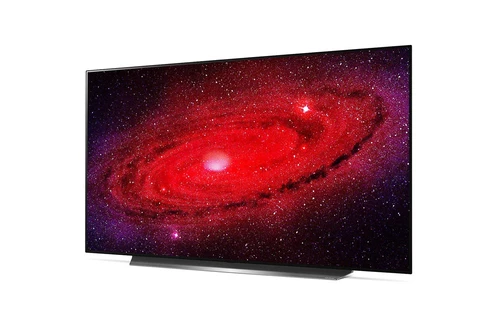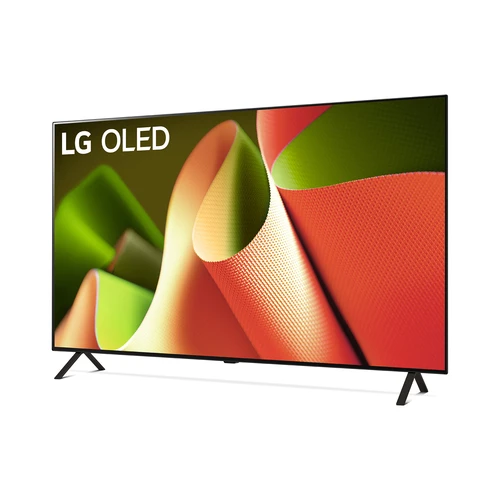List of televisions with OLED screen 2025
TVs with OLED technology 2025
What is OLED technology?
OLED stands for “organic light-emitting diode”.
It is a type of screen technology that consists of diodes based on an electroluminescent layer formed by a film of organic components that react to an electrical stimulation by emitting light by themselves.
When generating light by themselves, it is not necessary to have a white light emitting panel behind the diode panel, as is the case with other types of technologies such as LEDs.
By not needing an additional light source to illuminate the diodes, OLED screens can be much thinner than those that use other types of technologies, in addition, OLED screens have the possibility of turning each of the diodes on or off, if a diode that is off represents the color black so these displays are known to represent black colors much better.
Despite its many advantages, it is not the most used technology, nor is it the newest since among its disadvantages we find that its life time is less than that of an LED or LCD screen.
By subjecting OLED screens to high brightness, the blue layer deteriorates more quickly, some manufacturers have managed to improve the life of their panels but at the cost of lower brightness.
Among its other disadvantages are the high manufacturing cost, greater sensitivity to humidity and a greater environmental impact, since contrary to what one might think, the organic materials used are more complex to recycle.































